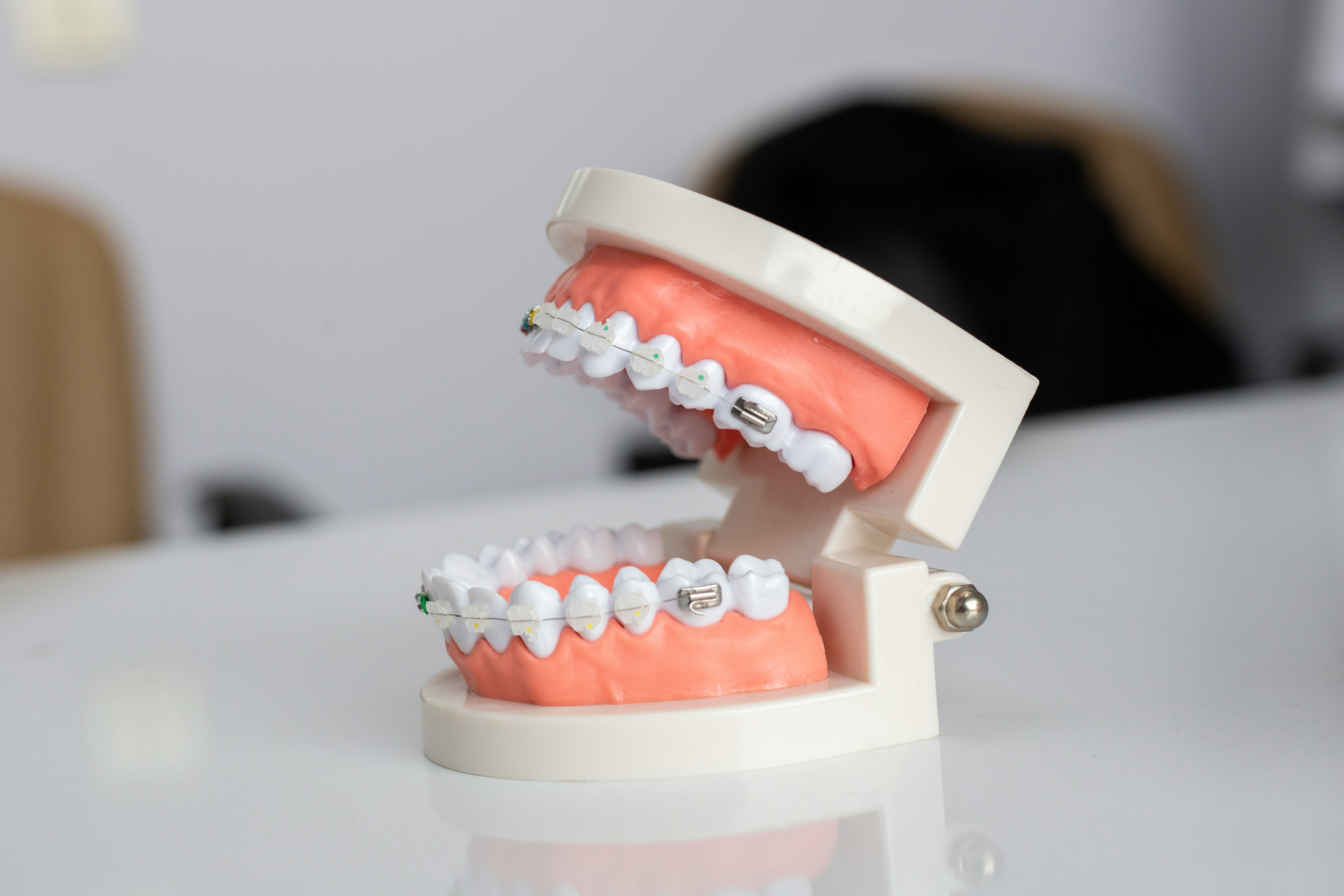Screwless Dental Implants: What They Are and How They Work
Dental implants have transformed restorative dentistry, offering durable solutions for missing teeth. While traditional implants rely on screws to anchor artificial teeth, modern screwless systems provide an alternative approach. These innovative designs use friction-fit or press-fit mechanisms to secure crowns and bridges without the need for screws. Understanding how these systems work, their benefits, and their limitations can help patients and dental professionals make informed decisions about tooth replacement options.

Traditional dental implants typically involve a titanium post inserted into the jawbone, with a screw-retained crown attached on top. However, screwless dental implants represent a shift in design philosophy. Instead of using screws to hold the prosthetic tooth in place, these systems rely on precision-engineered connections that use friction, compression, or cement to secure the restoration. This approach can simplify certain procedures and reduce potential complications associated with screw loosening or fracture.
Screw-Free Tooth Replacement: How Modern Systems Work
Screwless dental implant systems function through carefully designed interfaces between the implant body and the prosthetic component. The most common mechanism involves a tapered or conical connection where the abutment or crown fits tightly into the implant fixture. This friction-fit design creates a secure bond through mechanical retention rather than threaded fasteners. Some systems use a Morse taper connection, which relies on the precise matching of angled surfaces to create a cold-weld effect. The tight seal not only holds the restoration in place but also helps minimize bacterial infiltration at the implant-abutment junction. Other screwless designs employ cementation techniques, where the prosthetic crown is bonded directly to a custom abutment using dental cement, similar to traditional crown placement on natural teeth. These systems require precise manufacturing tolerances to ensure stability and longevity.
Screwless Dental Implants: Modern Solutions for Tooth Replacement
The development of screwless implant technology addresses several challenges associated with conventional screw-retained restorations. One significant advantage is the elimination of screw access holes in the crown, which can compromise aesthetics, especially in the front teeth. Without these openings, the prosthetic tooth can be designed with uninterrupted contours and optimal light reflection properties, resulting in a more natural appearance. Additionally, screwless systems may reduce the risk of screw loosening, a common complication that can lead to implant instability or prosthetic failure. The absence of screws also simplifies the restoration process in some cases, as there is no need for precise screw channel alignment or torque management. However, these systems are not without trade-offs. Retrievability can be more challenging with cemented or friction-fit restorations compared to screw-retained options. If adjustments or repairs are needed, removing a screwless crown may require cutting or other destructive techniques, potentially damaging the prosthetic component.
Screwless Dental Implants: What They Are and How They Work
Screwless dental implants encompass various design philosophies and connection types. Cement-retained implant crowns are among the most common screwless options. In this approach, an abutment is first secured to the implant, often with a screw at the implant level, and then the crown is cemented onto the abutment just as it would be on a prepared natural tooth. This method allows for excellent aesthetics and simplified laboratory procedures. Another category includes one-piece implants, where the implant body and abutment are manufactured as a single unit. These are typically placed in a single surgical procedure and later restored with a cemented crown. Press-fit or friction-retained systems use precision-machined interfaces that lock the prosthetic component onto the implant without screws or cement. These designs rely on the mechanical properties of the materials and the accuracy of the fit to maintain stability under functional loads. Each type of screwless system has specific indications, advantages, and limitations that must be considered based on the clinical situation, patient preferences, and long-term maintenance requirements.
Cost Considerations and Provider Comparisons
The cost of screwless dental implants in Costa Rica can vary significantly depending on the system used, the complexity of the case, and the dental provider’s expertise. Costa Rica has become a popular destination for dental tourism, offering competitive pricing compared to North America and Europe while maintaining high-quality standards. Below is a general comparison of typical cost ranges for different implant restoration approaches:
| Restoration Type | Typical Provider | Cost Estimation (USD) |
|---|---|---|
| Cement-Retained Crown | General Dental Clinics | $800 - $1,500 per tooth |
| Friction-Fit System | Specialized Implant Centers | $1,200 - $2,000 per tooth |
| One-Piece Implant | Oral Surgery Practices | $900 - $1,600 per tooth |
| Screw-Retained (Traditional) | Full-Service Dental Clinics | $1,000 - $1,800 per tooth |
Prices, rates, or cost estimates mentioned in this article are based on the latest available information but may change over time. Independent research is advised before making financial decisions.
When evaluating screwless dental implant options, patients should consider factors beyond initial cost, including the dentist’s experience with specific systems, the quality of materials used, and the availability of follow-up care. Many dental practices in Costa Rica offer comprehensive treatment packages that include diagnostic imaging, surgical placement, and final restoration. It is important to verify that the dental provider uses internationally recognized implant brands and follows established protocols for sterilization and quality control.
Screwless dental implants represent an evolving area of restorative dentistry with distinct advantages in aesthetics and simplicity for certain clinical situations. While they eliminate some complications associated with screw-retained restorations, they also present unique challenges in terms of retrievability and repair. Patients considering tooth replacement options should consult with experienced dental professionals who can assess their specific needs and recommend the most appropriate implant system. As technology continues to advance, the range of available solutions for missing teeth will likely expand, offering even more tailored approaches to restoring function and appearance.




